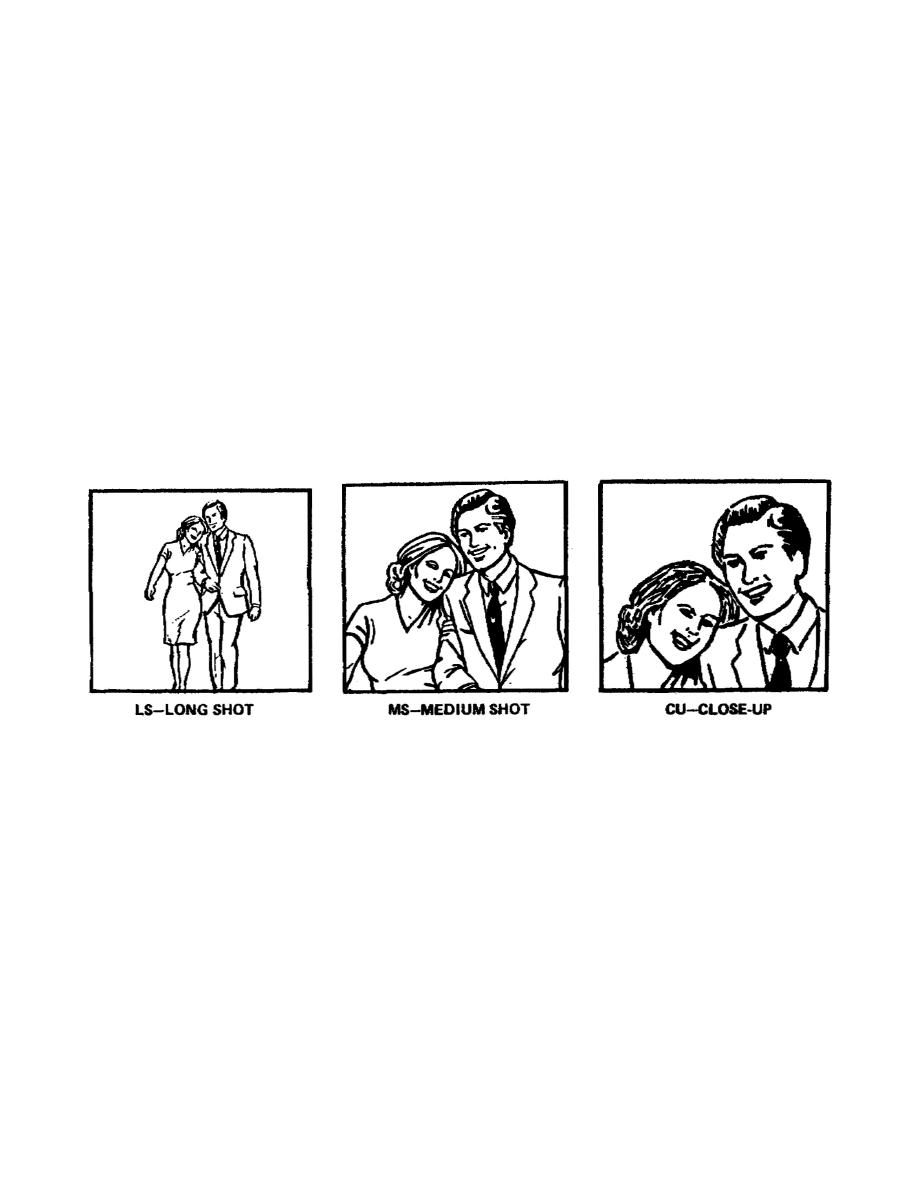
Learning Event 3:
DESCRIBE THE RELATIONSHIP BETWEEN THE BASIC SEQUENCE AND CONTINUITY
1. Continuity is the logical development of scenes. Continuity means keeping
the production simple, not cluttering it up with distracting shots, ideas, or
dialogue.
Continuity means developing a single theme, idea or concept.
It
requires a certain amount of simplicity and clarity. Simplicity does not mean
insulting the intelligence of the viewer, but visually sticking to the point.
Don't go off on a tangent.
a. In a television production every minute detail or every action can not
be shown. It would take too much time and the viewer would have to sit through
hours and hours of videotape. The mind of the viewer naturally fills in the
details and time lapses if the production is well done. This filling in the
blanks is called psychological closure. The foundation of good continuity is
the basic sequence.
To tell your story, you must combine a wide variety of
shots to obtain smooth visual flow of the action. The basic sequence is a most
important technique.
Continuity can be relayed through the basic sequence.
The basic sequence is a related series of shots and is a fundamental unit in
continuity.
It has three simple elements, i.e., the long shot, the medium
shot, and the closeup (fig 3-26).
Figure 3-26.
Sequence showing continuity
(1) The long shot establishes the scene, environment, location or locale
of the action. It is an overview or bird's eye view of environment (fig 3-27).
46



 Previous Page
Previous Page
